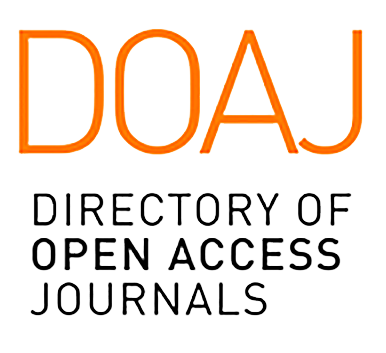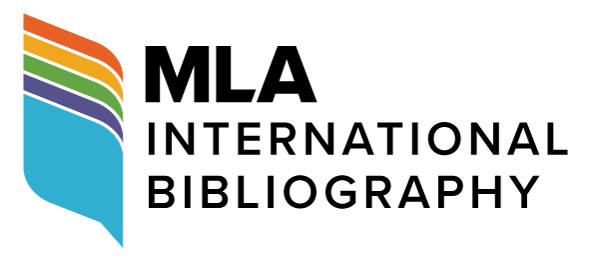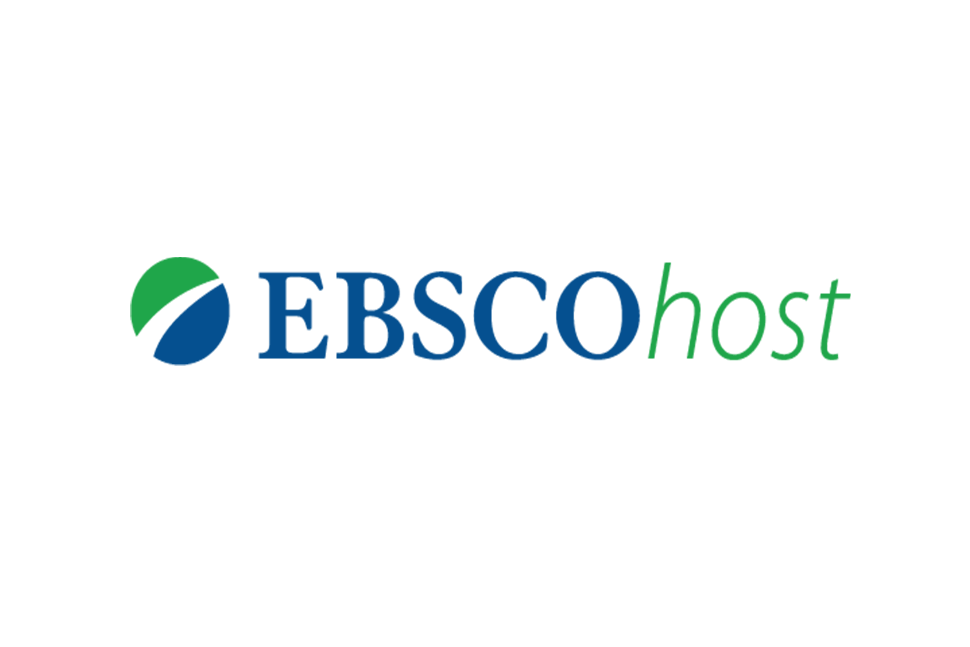2790-9441






MLA International Bibliography
MLA Directory of Periodicals
ProQuest
CrossRef
Google Scholar
Gale-Cengage
ROAD
Submission Statement
Submission of a manuscript implies that the work described has not been published before, nor under consideration for publication anywhere else; that its publication has been approved by all co-authors, if any.
Peer Review Policy
All TC publications have been through rigorous peer review, and their quality have been assessed by independent peers within the field. TC enforces “double blind” reviewing, in which the referees and the authors remain anonymous to each other. The handling editors conduct a preliminary review of all submitted manuscripts and only those that meet the minimum criteria will be passed on to at least two expert referees for formal reviewing.
Whenever possible, referees are matched to the manuscript according to their expertise. Referees are asked to provide an assessment of the various aspects of a manuscript:
Context: Is the context of research explicitly and fully explained?
Originality and significance: Is it original as to thought and method (including data)? Does it clearly add to the knowledge and development of the field?
Data and methodology: Is it methodologically sound? Is the reporting of data and methodology sufficiently detailed and transparent?
Results: Are results clearly presented? Is there appropriate use of statistics and treatment of uncertainties?
Conclusions: Are conclusions and data interpretation robust, valid and reliable?
References: Does it correctly and exhaustively reference previous relevant work?
Ethics: Does it follow appropriate ethical guidelines?
The handling editors then make a decision based on the reviewers' advice, from among several possibilities:
Accept upon minor revisions
Accept upon major revisions
Reject, but indicate to the authors that further work might justify a resubmission
Reject outright, typically on grounds of lack of novelty, insufficient conceptual advance or major technical problems
The time required for the review process depends on the response of the referees. The typical time for the first round of the refereeing process is approximately 4-6 weeks, with a maximum of three months.
A final decision to accept or reject the manuscript will be sent to the author along with the recommendations made by the referees.
Style Guide
Authors preparing manuscripts for submission to TESOL Communications are required to follow the style guide.
Language
Key Formatting Issues
Title
Abstract
Key Words
Main Text File
As papers are double-blind peer reviewed, the main text file should not include any information that might identify the authors. The main text file should be presented in the following order:
(1)Title, abstract and key words;
(2)Main text (with Tables and Figures complete with captions and legends);
(3)Endnotes (if relevant);
(4)Appendices (if relevant);
(5)References.
Headings
Tables
Table 1
Heading in with Initial Letters in Capitalization, Except for Articles and Short Prepositions
Table lines: only make visible top, bottom, and heading horizontal lines, no vertical lines, no cell horizontal lines
Figures
Figure 1
This is a Sample Figure Caption
References (APA style, 7th edition)
In-text citation: e.g., (Graham, 2018). If specific information or direct quote is given, it must be cited with author's last name, year, and a page number: e.g., (Graham, 2018, p. 10). If more than one author: e.g., (Martin & White, 2005) or (Martin & White, 2005, p. 123).
For Journal Articles
Entry Format
Entry Example
Graham, S., Camping, A., Harris, K. R., Aitken, A. A., Wilson, J. M., Wdowin, J., & Ng, C. (2021). Writing and writing motivation of students identified as English language learners. International Journal of TESOL Studies, 3(1), 1-14. https://doi.org/10.46451/ijts.2021.01.01
Note: If the journal has a volume and an issue number, and each issue begins on page 1, then give the issue number in parentheses immediately after the volume number. Do not italicize the issue number; include a DOI if available.
For Books
Entry Format for Books
Surname, I. (Year). Book title: Subtitle. Publisher.
Surname, I. (Year). Title of book. Publisher. https://doi.org/xxxxx
Entry Format for Book Chapters
Surname, I. (Year). Title of Chapter. In I. Editor (Ed.), Title of book (pp. xx-xx). Publisher.
Entry Format for Edited Books
Surname, I. (Ed.). (Year). Title of book. Publisher.
Note: the title is only capitalized for the first letter of the first word. Capitalization should be used for the first letter of proper names and the first word after a colon; do not include the publisher location; if the chapter has a DOI, include the chapter DOI in the reference after the publisher name; include any edition information in the same parentheses as the page range of the chapter, separated with a comma.
Entry Examples
Graham, S., & Harris, K. R. (2005). Writing better: Teaching writing processes and self-regulation to students with learning problems. Baltimore, MD.
Halliday, M. A. K. (1978). Language as social semiotic. Arnold.
Burns, A., & Knox, J. (2005). Realisation(s): Systemic-functional Linguistics and the language classroom. In N. Bartels (Ed.), Researching applied linguistics in language teacher education (pp. 235-260). Springer.
Burns, A. (2012). Text-based teaching. In A. Burns & J.C. Richards (Eds.),The Cambridge guide to pedagogy and practice in second language teaching (pp. 140-148). Cambridge University Press.